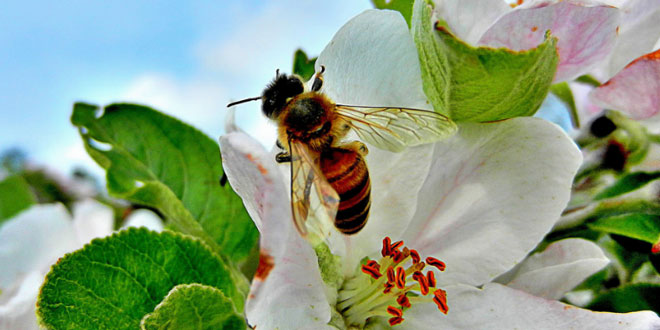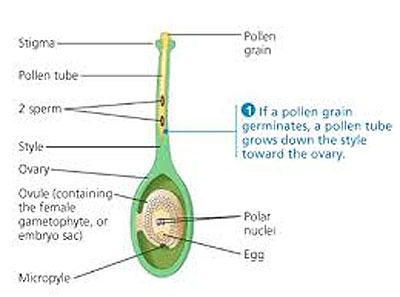Question: What is pollination? How does it lead to fertilization? Explain with the help pf a diagram.
Answer: The transfer of pollen grains from the anther to the stigma of a flower is called pollination. Pollination is of two type – Self Pollination and Cross Pollination. After pollination a thin tube called the pollen tube grows down from the pollen grain through the pistil. The pollen tube carries the male cell. It grows until it reaches the ovule and enters it. the male cell moves into the ovule and fuses with the egg to form the zygote which further develops into embryo.
Question: How is sexual reproduction different from asexual reproduction?
Answer: Difference is as follows:
Question: Explain the difference between self – pollination and cross pollination.
Answer: Difference is as follows:
Question: What is artificial propagation of plants? Name four methods of artificial propagation.
Answer: The process of growing new plants by artificial methods is known as artificial propagation. The four methods are :
1. Grafting: This method is commonly used in horticulture to develop new varieties of fruit plants.
2. Cutting: In this method a healthy young branch of a plants having leaf buds is cut off and planted in moist soil.
3. Layering: A young branch is bent towards the ground and covered with moist soil.
4. Tissue culture: In this method a piece of tissue is cut off from the growing tip of a plant. and grown in laboratory condition by providing it with suitable nutrients in test tubes. The palnt is provided with the most hygienic condition.
 Class Notes NCERT Solutions for CBSE Students
Class Notes NCERT Solutions for CBSE Students




How is sexual reproduction different from asexual reproduction?
In sexual reproduction two parent is present one male and one female .The offspring are not exact copies of either parent.
In asexual reproduction only one parent is present .The resulting offspring are exact copies of the parent.